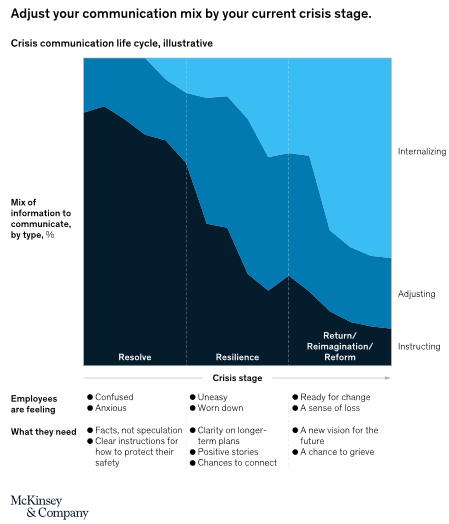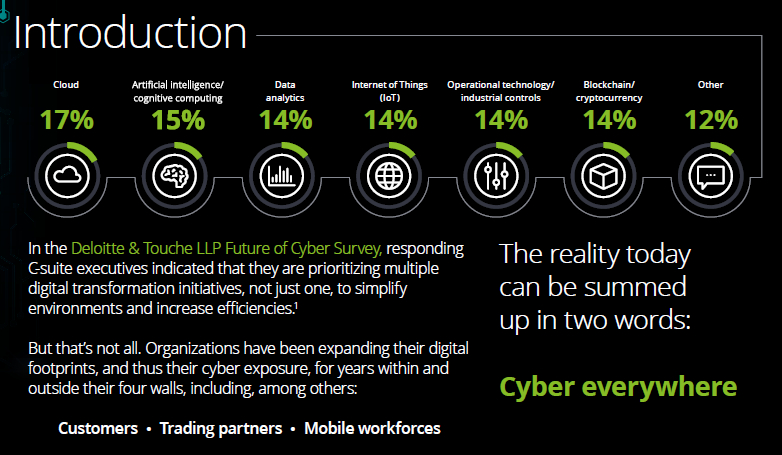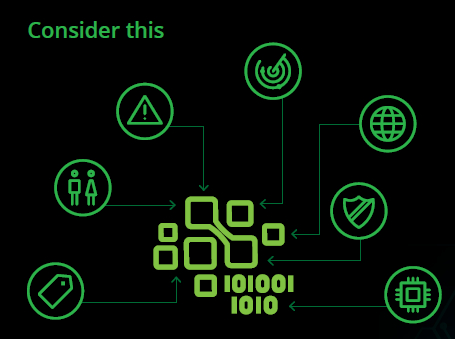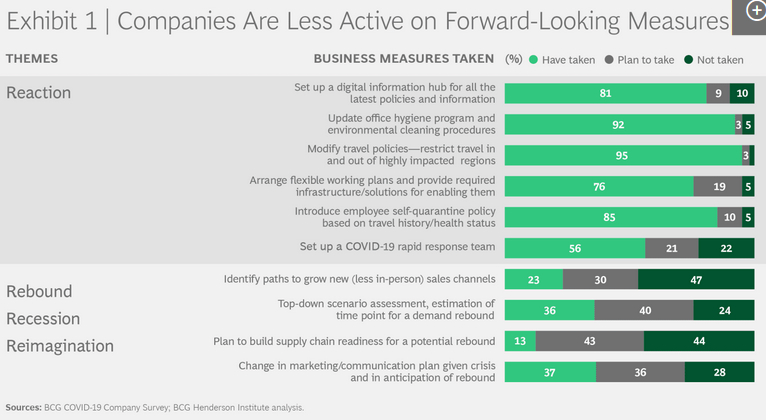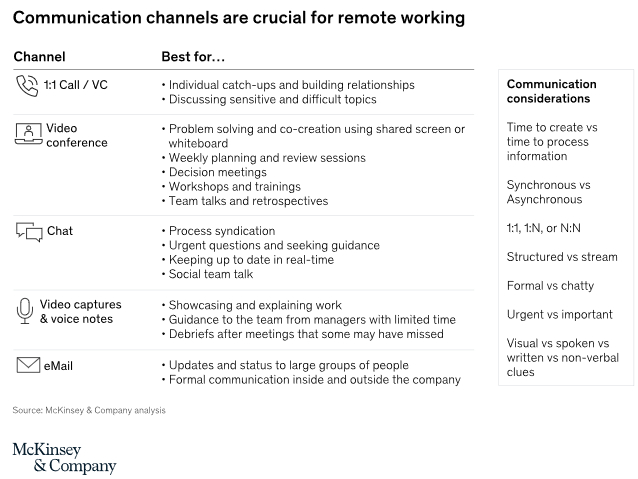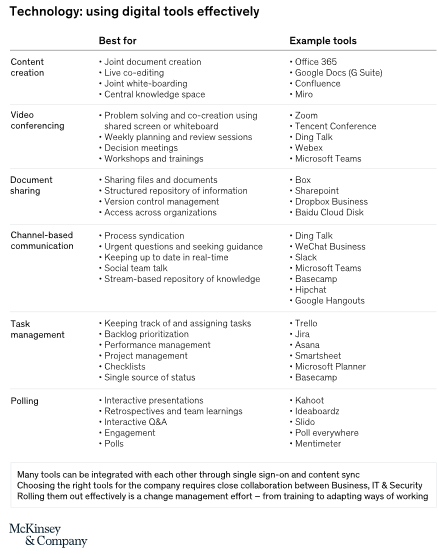Before COVID-19, most people had some degree of apprehension about robots and artificial intelligence. Though their beliefs may have been initially shaped by dystopian depictions of the technology in science fiction, their discomfort was reinforced by legitimate concerns. Some of AI’s business applications were indeed leading to the loss of jobs, the reinforcement of biases, and infringements on data privacy.
Those worries appear to have been set aside since the onset of the pandemic as AI-infused technologies have been employed to mitigate the spread of the virus. We’ve seen an acceleration of the use of robotics to do the jobs of humans who have been ordered to stay at home or who have been redeployed within the workplace. Labor-replacing robots, for example, are taking over floor cleaning in grocery stores and sorting at recycling centers. AI is also fostering an increased reliance on chatbots for customer service at companies such as PayPal and on machine-driven content monitoring on platforms such as YouTube. Robotic telepresence platforms are providing students in Japan with an “in-person” college graduation experience. Robots are even serving as noisy fans in otherwise empty stadiums during baseball games in Taiwan. In terms of data, AI is already showing potential in early attempts to monitor infection rates and contact tracing.
No doubt, more of us are overlooking our former uneasiness about robots and AI when the technology’s perceived value outweighs its anticipated downsides. But there are dangers to this newfound embrace of AI and robots. With robots replacing more and more job functions in order to allow humans to coexist as we grasp for some semblance of normalcy, it’s important to consider what’s next. What will happen when humans want their former jobs back? And what will we do if tracking for safety’s sake becomes too invasive or seems too creepy yet is already an entrenched practice?
A New Normal Comes Racing In
After a vaccine for COVID-19 is developed (we hope) and the pandemic retreats, it’s hard to imagine life returning to how it was at the start of 2020. Our experiences in the coming months will make it quite easy to normalize automation as a part of our daily lives. Companies that have adopted robots during the crisis might think that a significant percentage of their human employees are not needed anymore. Consumers who will have spent more time than ever interacting with robots might become accustomed to that type of interaction. When you get used to having food delivered by a robot, you eventually might not even notice the disappearance of a job that was once held by a human. In fact, some people might want to maintain social distancing even when it is not strictly needed anymore.
We, as a society, have so far not questioned what types of functions these robots will replace — because during this pandemic, the technology is serving an important role. If these machines help preserve our health and well-being, then our trust in them will increase.
As the time we spend with people outside of our closest personal and work-related social networks diminishes, our bonds to our local communities might start to weaken. With that, our concerns about the consequences of robots and AI may decrease. In addition to losing sight of the scale of job loss empowered by the use of robots and AI, we may hastily overlook the forms of bias embedded within AI and the invasiveness of the technology that will be used to track the coronavirus’s spread.
More: https://sloanreview.mit.edu
About the Authors
Ayanna Howard (@robotsmarts) is the Linda J. and Mark C. Smith Professor and Chair of the School of Interactive Computing in the College of Computing at Georgia Tech. She also serves as director of the Human-Automation Systems (HumAnS) Lab in the School of Electrical and Computer Engineering. Jason Borenstein is the director of graduate research ethics programs and associate director of the Center for Ethics and Technology within the School of Public Policy and Office of Graduate Studies at Georgia Tech.
